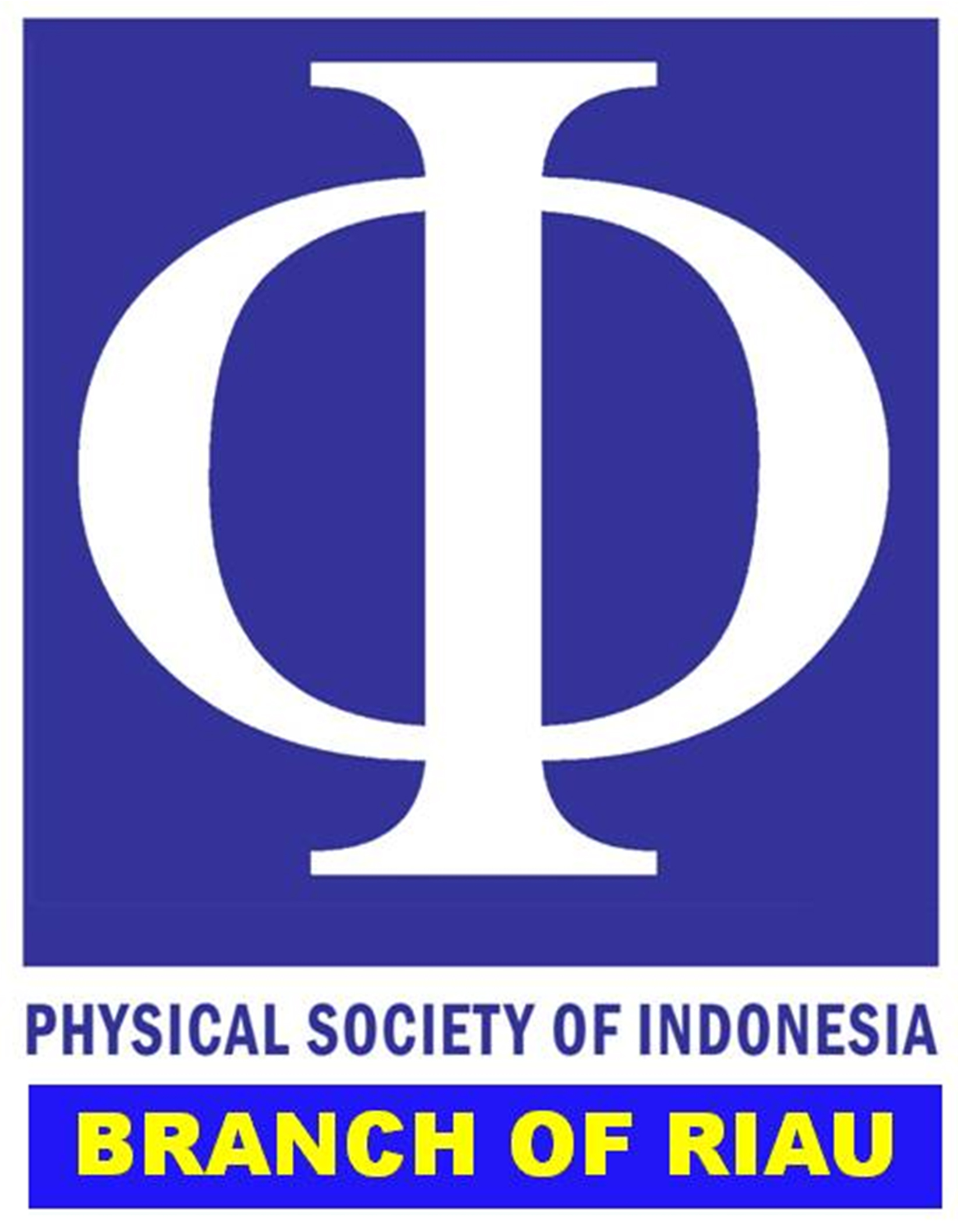Literature study on the evaluation of lead apron thickness in radiology service units
Abstract
Keywords
Full Text:
PDFReferences
1. BAPETEN. (2011) Peraturan Kepala Badan Pengawas Tenaga Nuklir Nomor 8 Tahun 2011 tentang Keselamatan Radiasi Dalam Penggunaan Pesawat Sinar X Radiologi Diagnostik dan Intervensional. Jakarta, Indonesia.
2. Mardalis, M. (1993). Metode penelitian: suatu pendekatan proposal. Jakarta, Indonesia.
3. Krippendorff, K. (1991). Analisis isi: Pengantar teori dan metodologi. Jakarta, Indonesia.
4. Ilupeju, Y., Ibrahim, U., Yusuf, S. D., Mundi, A. A., & Idris, M. M. (2021). Radiological evaluation of lead apron integrity in five selected hospitals in Abuja, Nigeria. Journal of Radiography and Radiation Sciences, 35(1), 1–5.
5. Irsal, M., Sutoro, S. G., Widiamoko, M. E., Tarigan, A., Winarno, G., & Prananto, L. (2023). Analisis Efektivitas Apron 0.35 mmPb dalam Melindungi Pekerja Radiasi pada Pemeriksaan Radiografi. Jurnal Kesehatan Vokasional, 8(3), 134–142.
6. Kartikasari, Y., Darmini, D., & Rochmayanti, D. (2015). Evaluasi Kecukupan Tebal Lead Apron Guna Mendukung Jaminan Keselamatan Radiasi pada Unit Pelayanan Radiologi Rumah Sakit. LINK, 11(2), 995–1002.
7. Aizah, H. S. (2023). Pengaruh faktor eksposi terhadap dosis radiasi dan kualitas citra pesawat radiografi umum pada pemodelan phantom thoraks. Doctoral dissertation, Universitas Islam Negeri Maulana Malik Ibrahim.
DOI: http://dx.doi.org/10.31258/jkfi.22.2.61-66
Refbacks
- There are currently no refbacks.

This work is licensed under a Creative Commons Attribution-NonCommercial 4.0 International License.
Indexing by:








